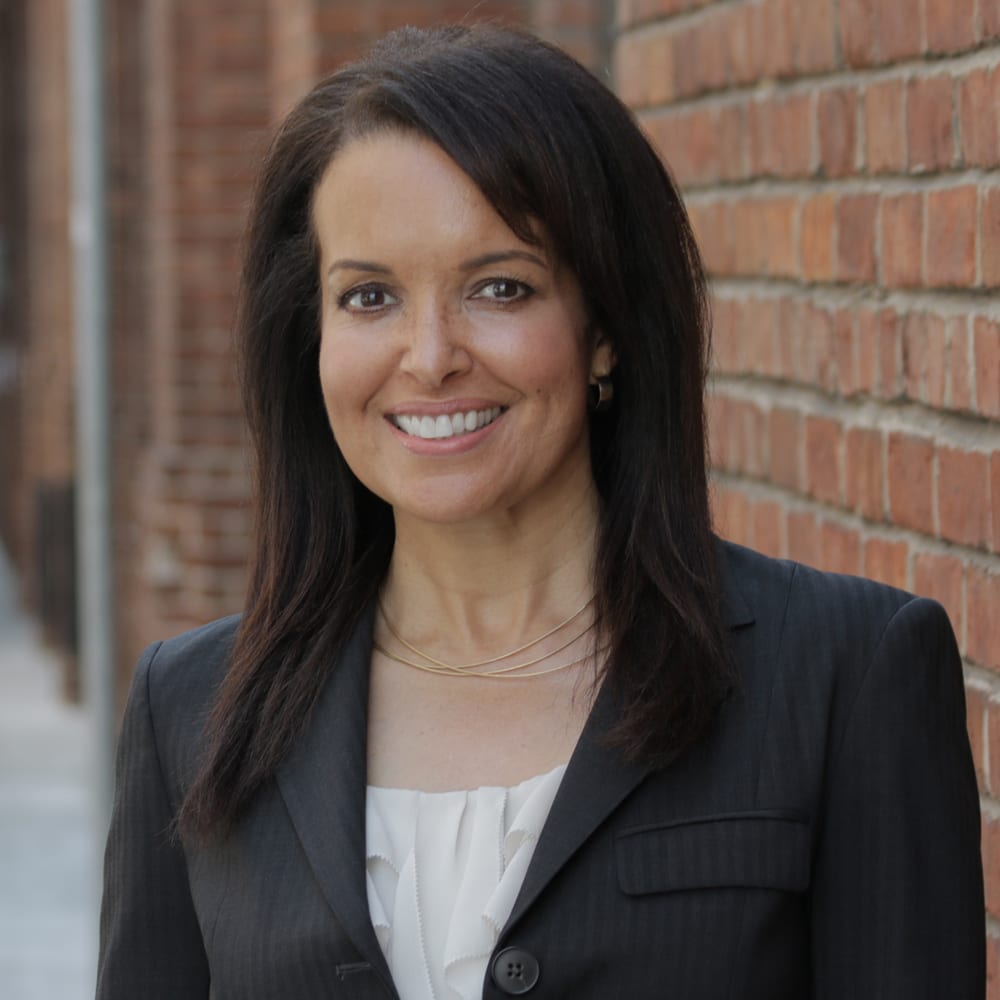As the nation confronts COVID-19 and the systemic racism brought to light by Black Lives Matter, it is more critical than ever to get inclusive communication right. Many recent COVID related campaigns have shared a common theme around “We’re in this together.” I know it is well-intentioned, but I cringe when I hear that phrase. While we are all in the same boat, we are not all in the same storm (a line I saw on social media). People of color face a disproportionately higher level of health and economic consequences—a hurricane-level storm where mere survival is the daily goal. Don’t diminish the challenges another may be facing during this time by using clichés.

Getting it right matters not only to people of color, but also to our clients’ business success and reputation. As Ketchum’s most recent Causes Americans Care About study has shown, consumers expect companies to take action on social issues, with 54% expecting the donation of resources and capital, and 35% expecting companies to educate the public. Now, more eyes than ever are on companies doing the right thing, and the stakes are high if they fail.
Even before the past several weeks, there was no shortage of headlines reporting on the insensitivities and lack of inclusiveness exhibited by product or communications campaigns, which ultimately led to cancelling programs and lost revenue, time and reputation. Consumer backlash has led an auto company to pull an advertising campaign, a celebrity clothing line to rebrand after a product launch, a shoe company to withdraw a collection from the marketplace, and a luxury designer brand to pull an item after many deemed it doubly offensive because it launched during Black History Month. With many Americans becoming more aware of racial inequities than ever before, this type of response will become even more common.
As communication professionals, it’s important to do our homework for each campaign. To help, I compiled this list of lessons learned:
- Accept that communication campaigns are biased 100% of the time. As a woman and person of color, I did not think this applied to me. But it does. Sometimes bias is blatant, but it is often our unconscious bias that creates inherent business and culture barriers. It is important to acknowledge that your personal experiences frame your communication strategy, ideation, and execution. It is also important to recognize this bias framing in other team members, clients, and anyone else involved in the program. By recognizing that we are all working from a place of bias, steps can be taken to ensure communication is as inclusive as possible.
- Get to know your team’s commonalities, diverse experiences and where there are gaps. Recognize that the commonalities reveal the strongest biases. Ideally, if you are in a management position where you can build a team, seek to include as many diverse voices as possible. Include team members of various ethnic groups, ages, family culture, economic background and life experiences. Try not to project that everything outside the room is the same as inside. Fundamentally, DE&I lets us see people as individuals and does not force others to be like us.
- Ask for feedback on communication elements from people you don’t normally engage with on projects. This could range from conducting formal research to informal soft soundings of an idea, tactic or copy with your extended environment. Holding a brainstorm? Invite co-workers in other departments, such as operations, finance or IT. Allow all to share authentically. Campaigns that resonate with the broadest audiences often have the biggest impact. If you aren’t sure who to ask for feedback, reach out to HR for a recommendation. If someone doesn’t want to help, that’s ok, keep looking for inputs that contribute to a diverse assortment.
- Educate yourself on the target audiences of a campaign. Do this even if you feel you are closely aligned to the target. Approach this education with a beginner’s mindset, open and eager to learn. For example, watch movies or YouTube videos, check out social media influencers or read a book that give glimpses into ways of life different from your own.
- Establish criteria for campaign go/no go’s with a DE&I lens. If it’s a go, be prepared for potential backlash. Even a well-planned campaign, developed with diverse voices, may touch off negative reactions or be perceived as culturally insensitive. Have a comprehensive reputation and issues plan in place with specific protocols, steps and messaging. Once a campaign launches, closely monitor social and traditional media to gauge feedback and respond based on the issues plan guidance. Develop the plan with criteria for various cultural elements, and identify hard no’s for whether or not to launch a campaign.
It’s not easy to get it right, and many brands will stumble on their way. The important thing is to develop a plan with these ideas in mind, move forward, and be ready to learn from your mistakes. Ketchum is helping counsel clients across a range of industries on how to communicate in ways that are authentic and appropriate. We welcome your questions or insights on your own experiences.



